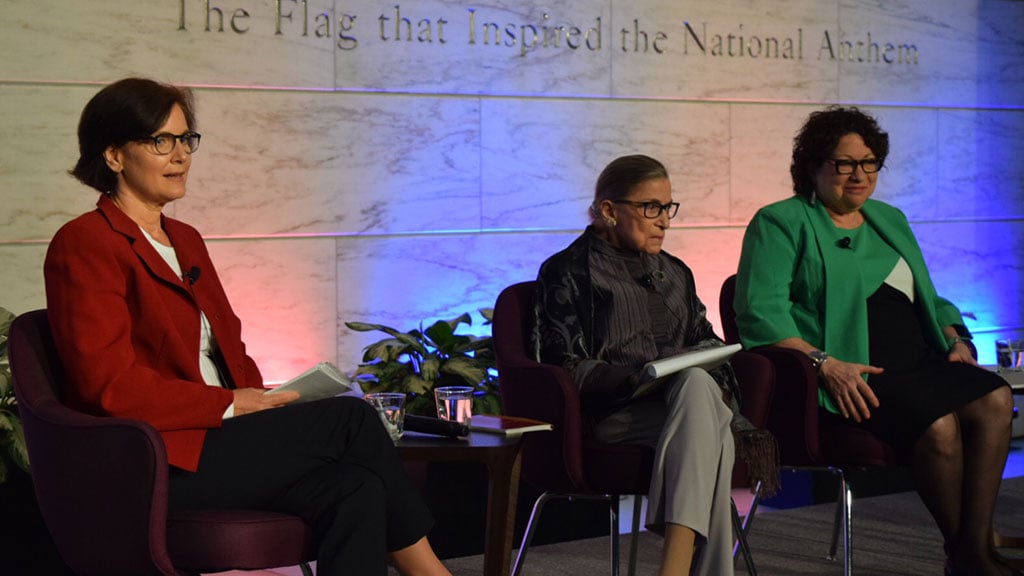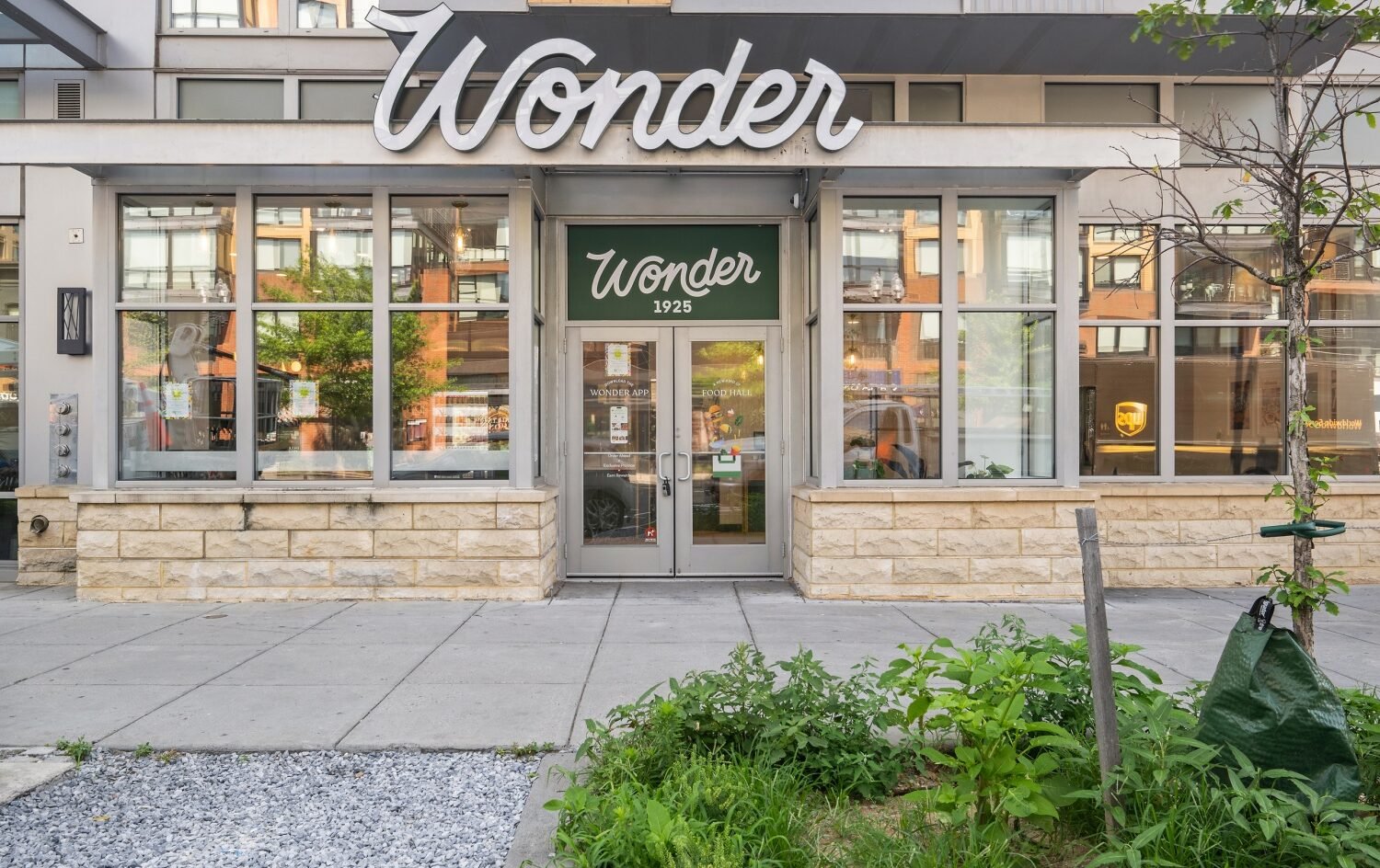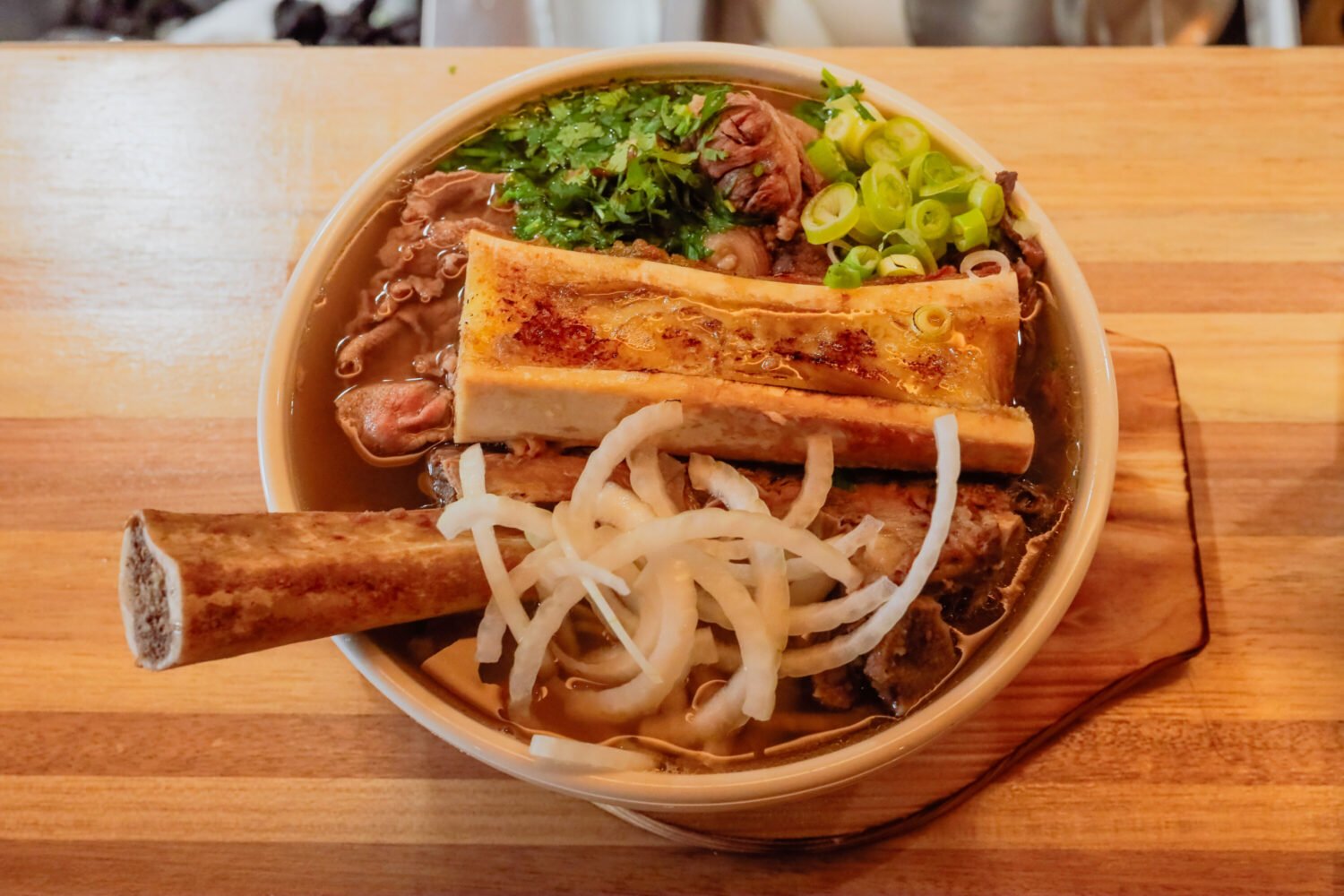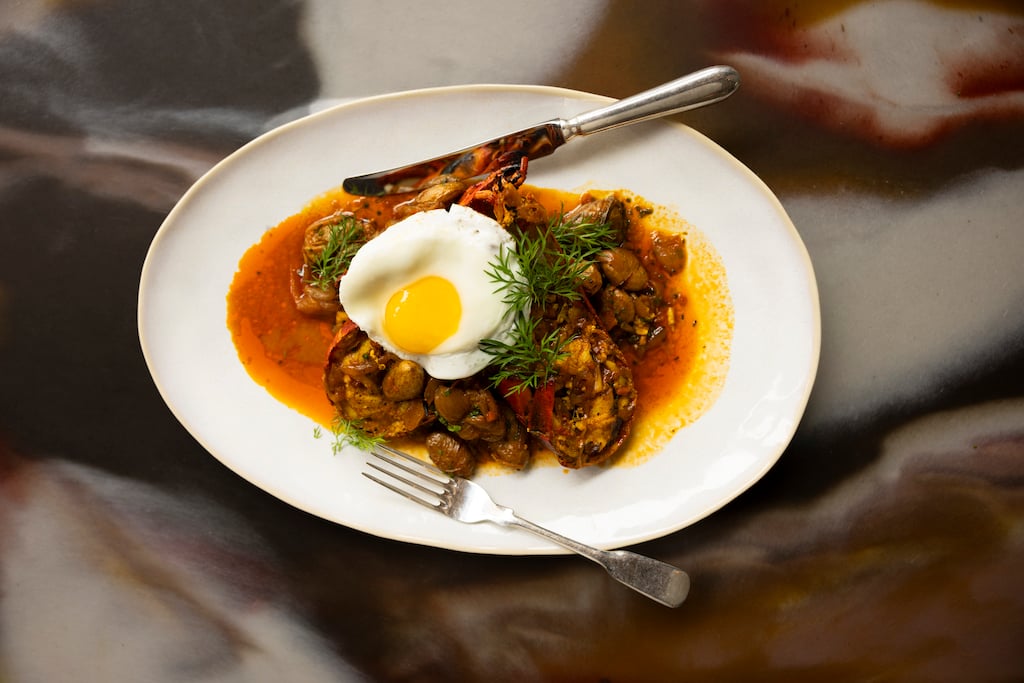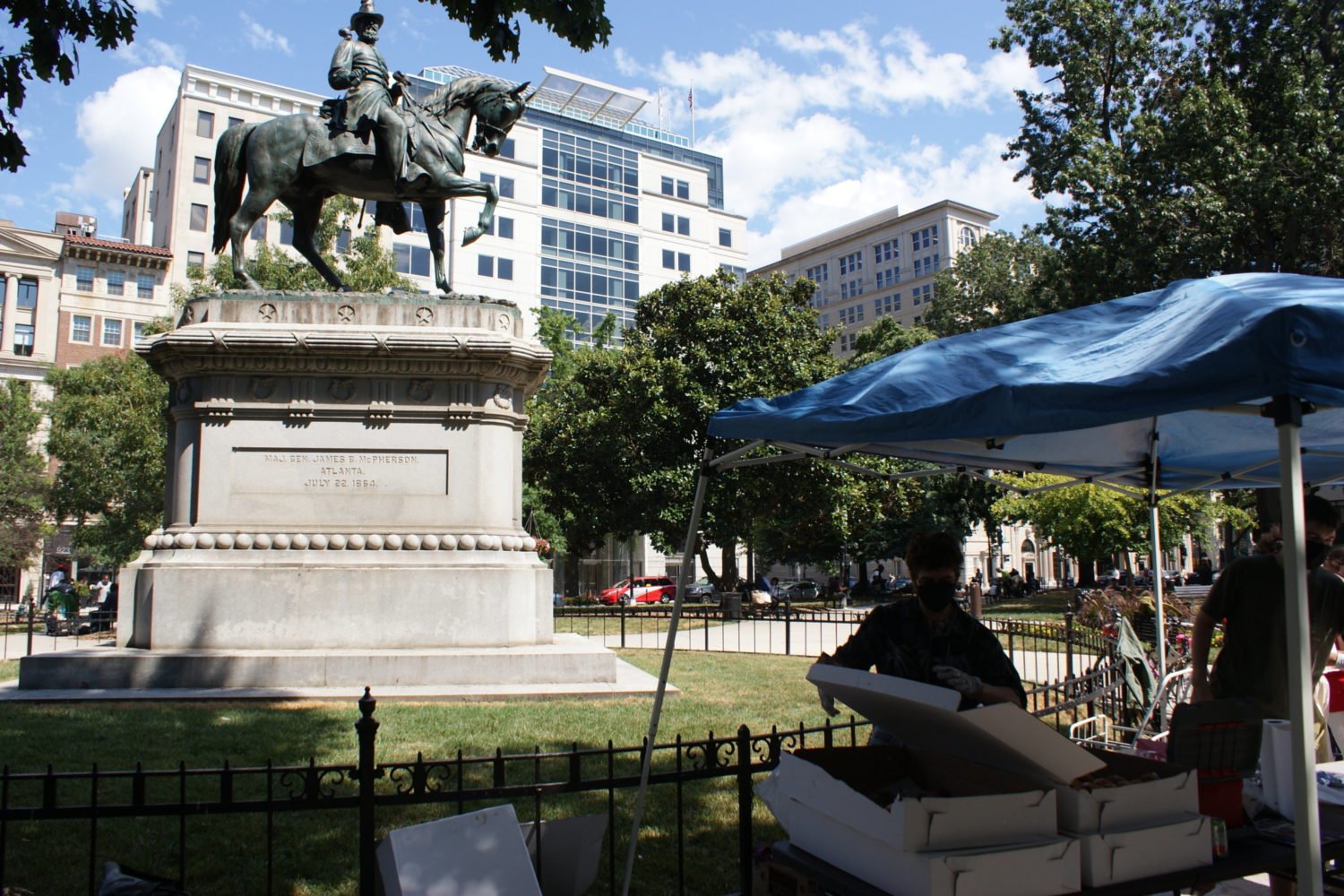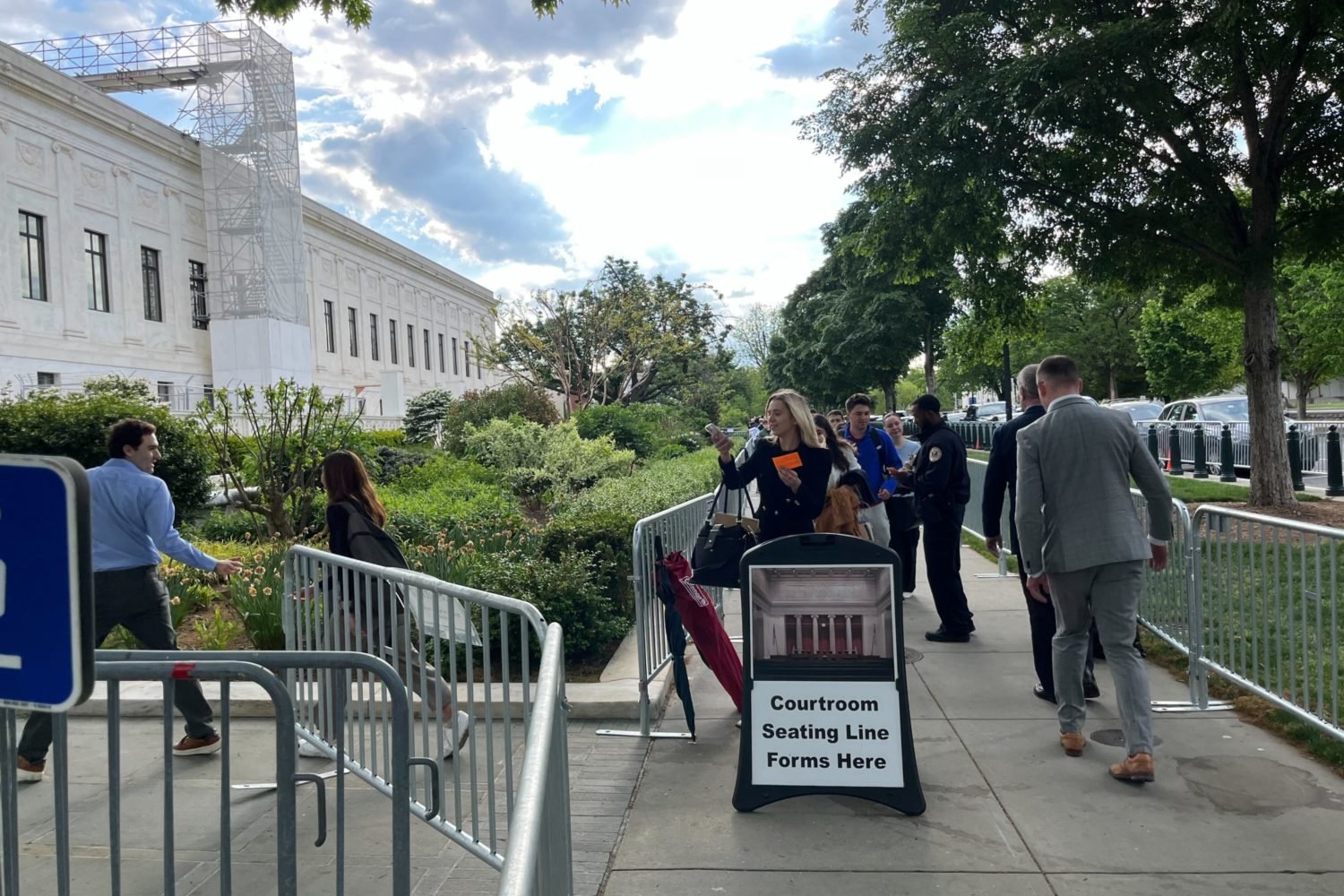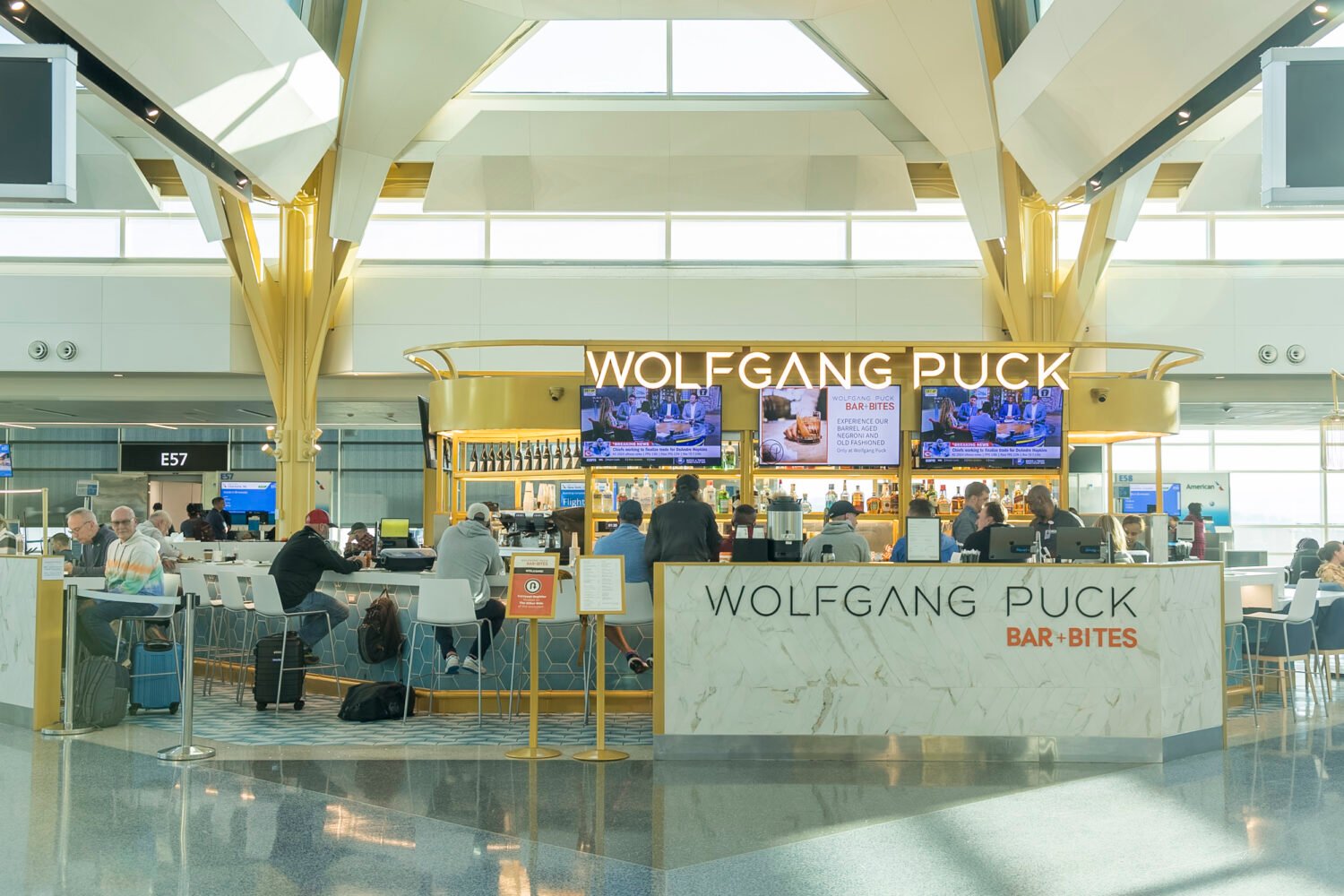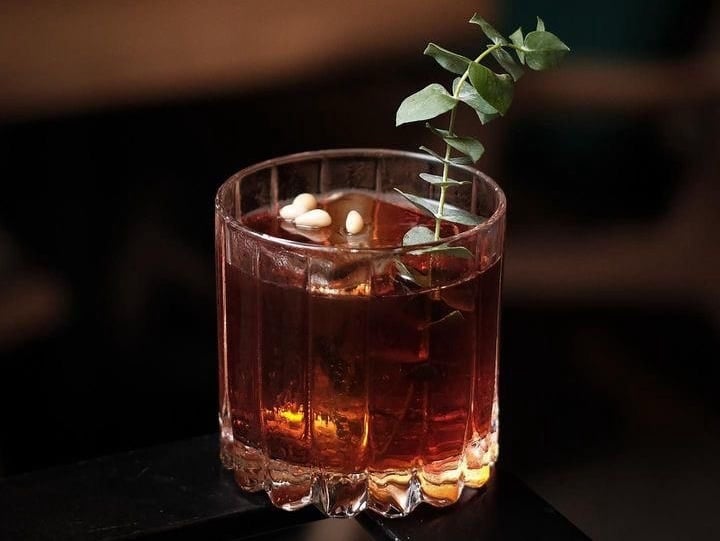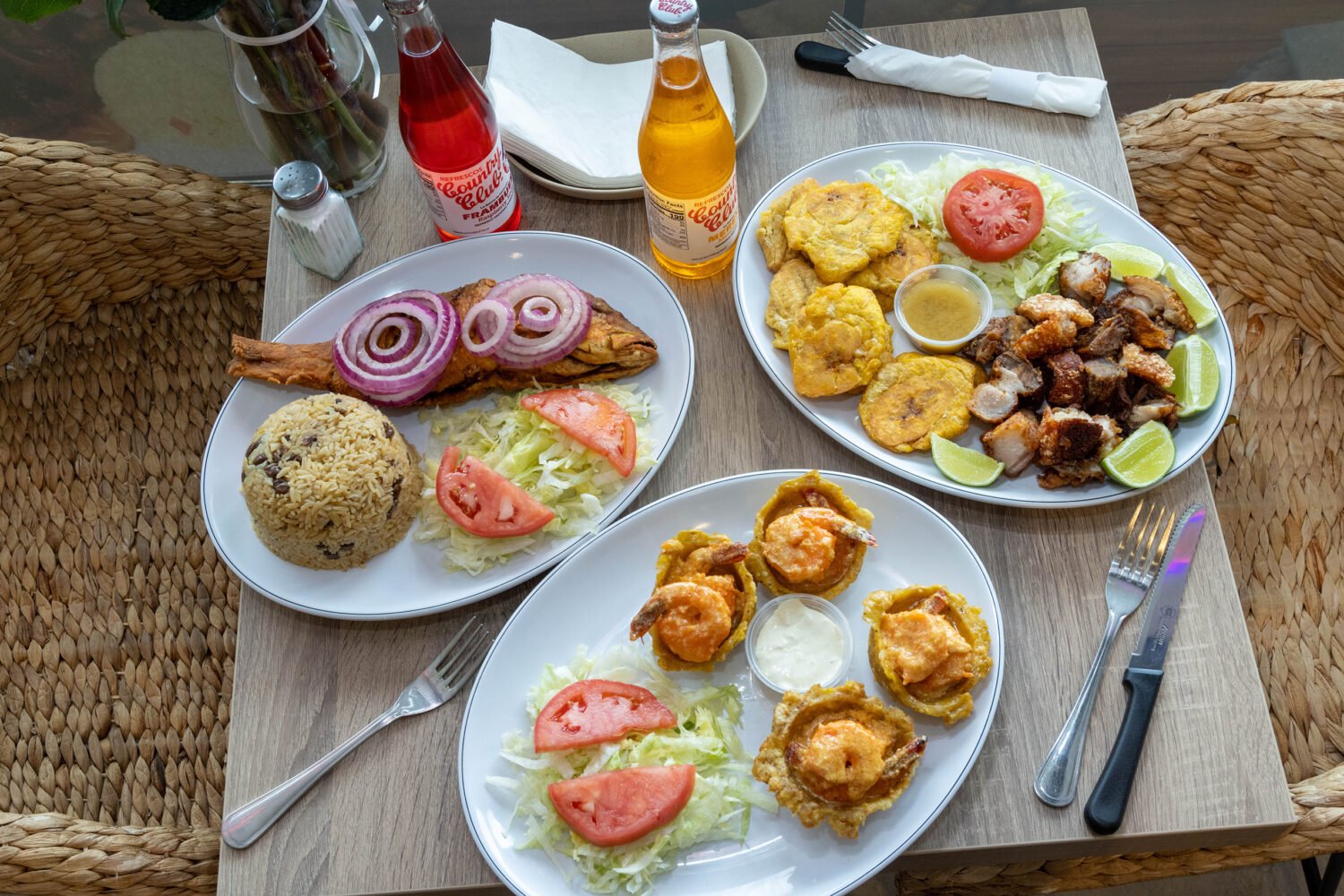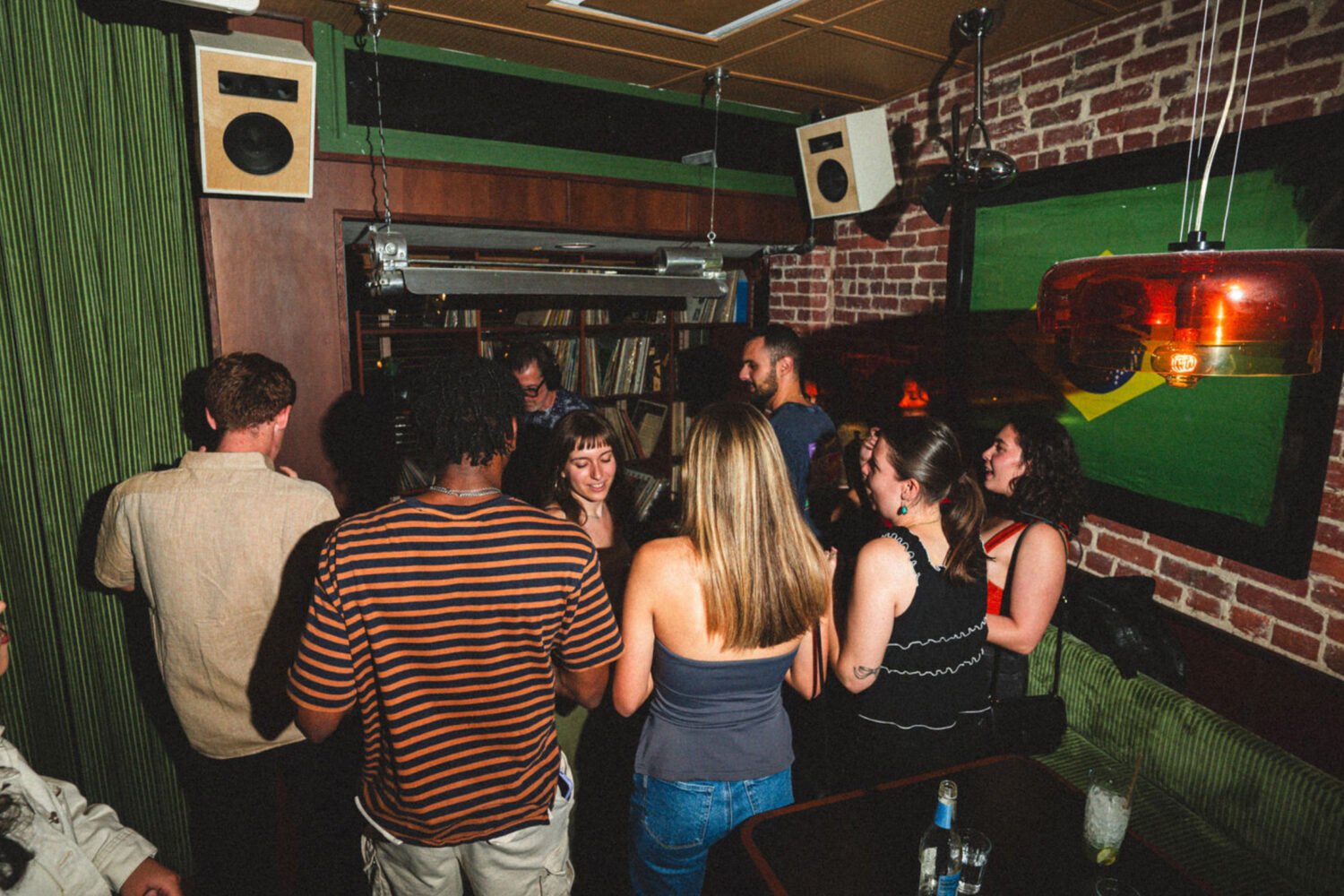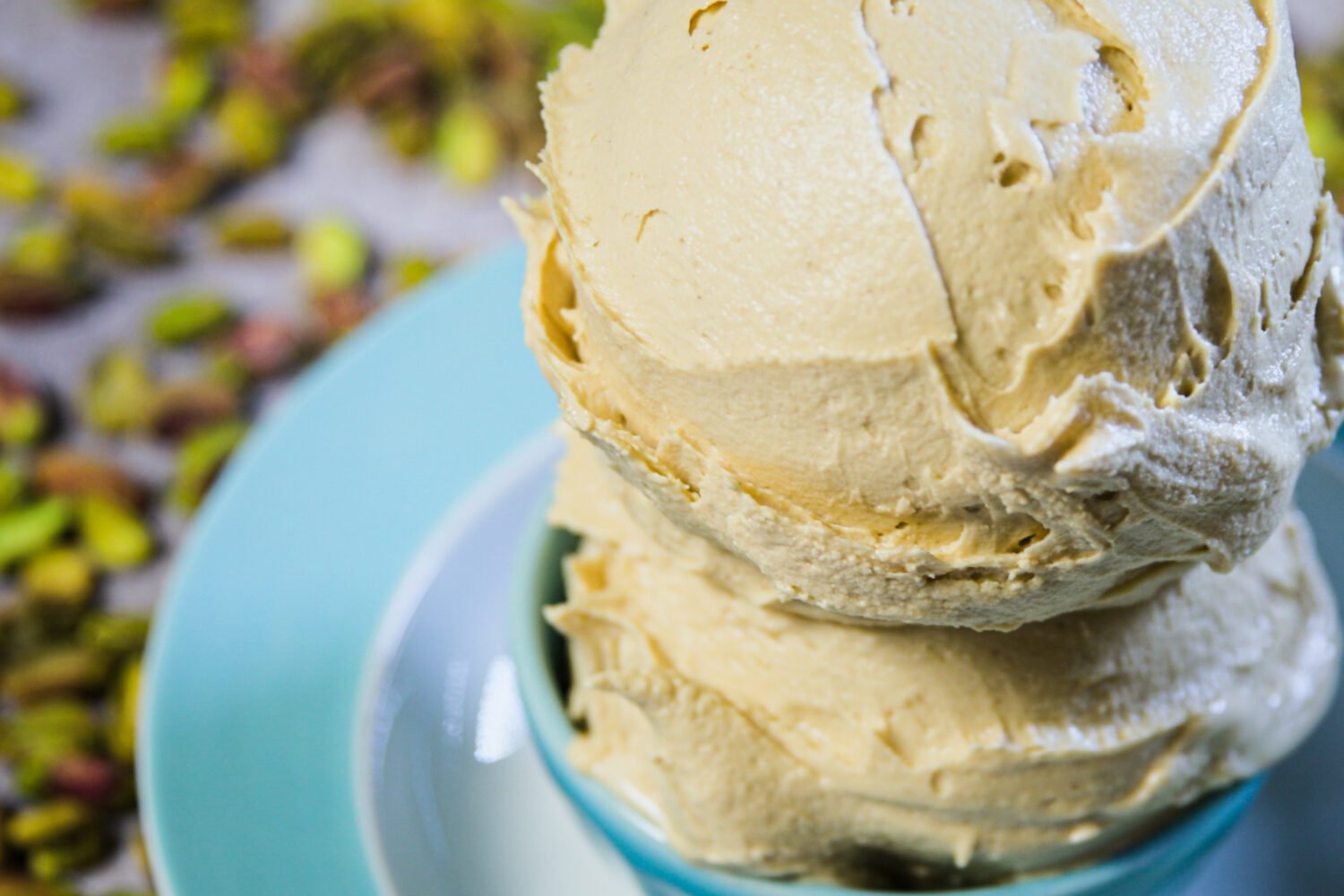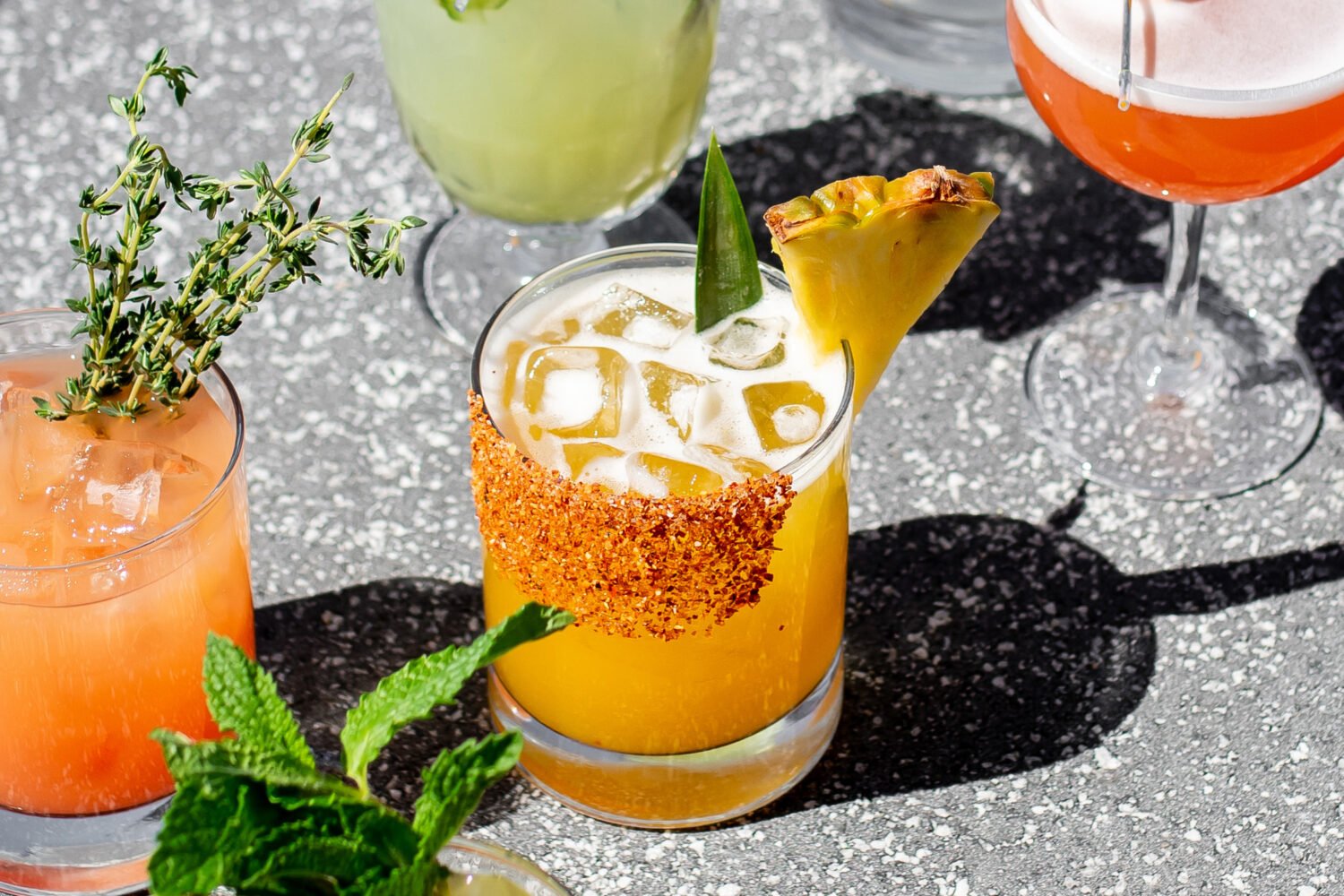Food is often linked with politics in Washington, especially now, with new kitchen-and-government collaborations like the American Chef Corps. Still, as Smithsonian secretary David J. Skorton advised, “It’s good to remember that politics can end at the edge of a plate.” Such was the theme of a panel discussion between Supreme Court justices Ruth Bader Ginsburg and Sonia Sotomayor that explored the fascinating culinary history of the highest court.
Meals played a central role in unifying the justices since the early days of the court. During the 18th century, sitting justices were given the oft-begrudged convenience of living in a shared boarding house—establishments not known for good food. Nonetheless the justices shared meals, drinks, and casually discussed cases—a ritual that doesn’t hold today, when the most frequent lunch topics are, in order of popularity: books, museums, and sports, according to Sotomayor and Ginsburg.
During the boarding house era, the justices shared a drinking rule: imbibe only on rainy days, or in times of illness. That didn’t stop Justice John Marshall, who on a particularly sunny day looked out the window and said, “somewhere in the world it’s raining.” The fourth US Supreme Court Justice found a taste for Madeira during his time in Richmond as a member of the Quoit Club, which involved more play than work—horseshoes, Madeira punch—and he introduced the fortified wine to his colleagues. It eventually became so popular during Supreme Court meetings that sometime around 1810, the idea of a Supreme Court “brand” Madeira was proposed.
The tradition of acquainting colleagues with favorite drinks and foods, often from their home regions, is one that continues today. The spicy beef jerky made by Justice Sandra Day O’Connor’s brother is a favorite shared treat around the office. “It is very spicy,” Ginsburg confirmed. Justice Sotomayor, however, is not one to bring dishes from home. “I’m not a bad cook, but I am a horrible cook of Puerto Rican cuisine,” she said. She does take pride in preparing her own sandwiches, jazzing up chicken or tuna salad with roasted red peppers or tart pickles. Despite being diabetic, she keeps a big bowl of candy in her office, including sweets like truffles accrued on her travels, to lure colleagues in to chat.
Other dining rituals bear the familiarity of any other office. Birthday lunches are tradition, one which usually involves wine, cake, and singing (though in the words of Ginsburg “most of us can’t hold a tune.”) Clerks and new hires under Sotomayor were responsible for finding new lunch spots that she hadn’t tried—a formidable challenge as she’s passionate about exploring the city’s growing restaurant scene. The Justices even occasionally invite guests such as Condoleezza Rice to dine with them during their weekday lunches to “mix up the conversation.”
“We don’t talk about cases, and we are guarded about bringing up topics that will cause controversy,” said Sotomayor.
Other traditions serve as marks of the institution, used as personal ways to induct justices into the intimate society of the Supreme Court, as well as to celebrate a departure. When a new justice arrives, the most junior member of the court is expected to throw them a ceremonial welcome dinner–Sotomayor was tasked with party planning for Elena Kagan, whom, through a comedic miscommunication, she mistakenly believed to be a lover of Chinese food. Then there was Sandra Day O’Connor’s retirement dinner. Everyone knew she would be against any sort of ‘party,’ so they devised a strategic proposal: they would all go to see a movie together–any movie of her choice–and afterwards they would go to a restaurant with a similarly-inspired feel. The movie she chose? Red River with John Wayne. “It had every politically incorrect thing in it,” said Ginsburg, who followed up with a more appropriate meal at a Southwestern spot.
Some of the Supreme Court’s dining practices even include what could almost be characterized as drunk and disorderly. Ginsburg recalls a time when her husband collaborated on a dinner with the justices before the State of the Union. A colleague—she remains mum on the name—sought to honor the special occasion with a few bottles of Opus One, a Napa luxury that can run upwards of $200 a bottle.
“And that,” said Ginsburg, “was the first time I fell asleep at the State of the Union.”

